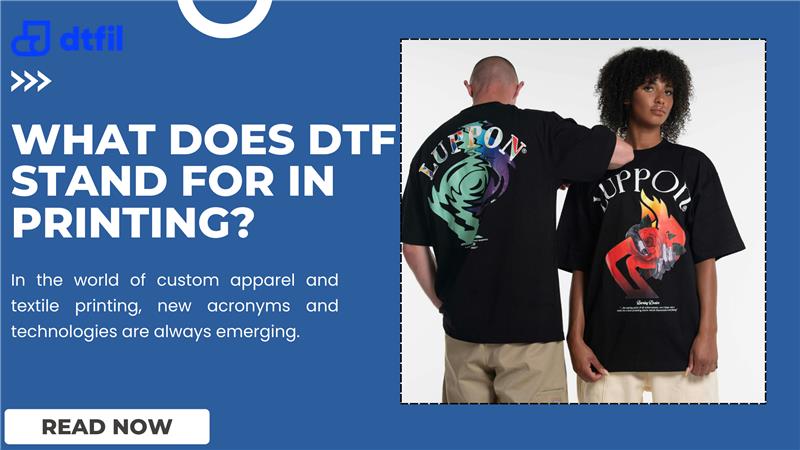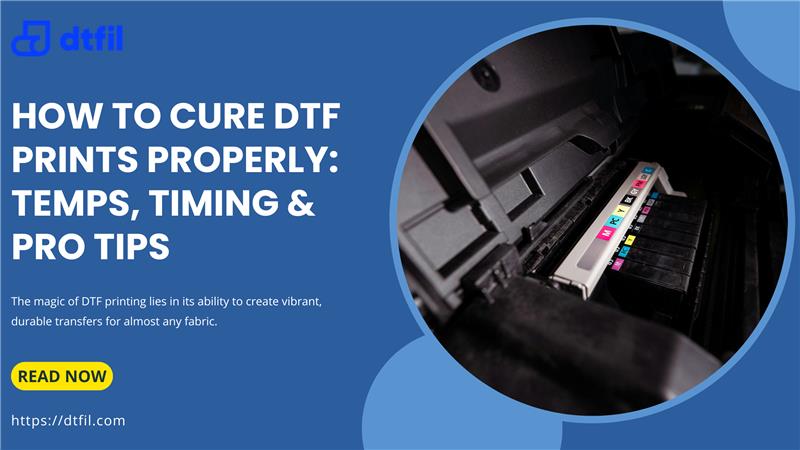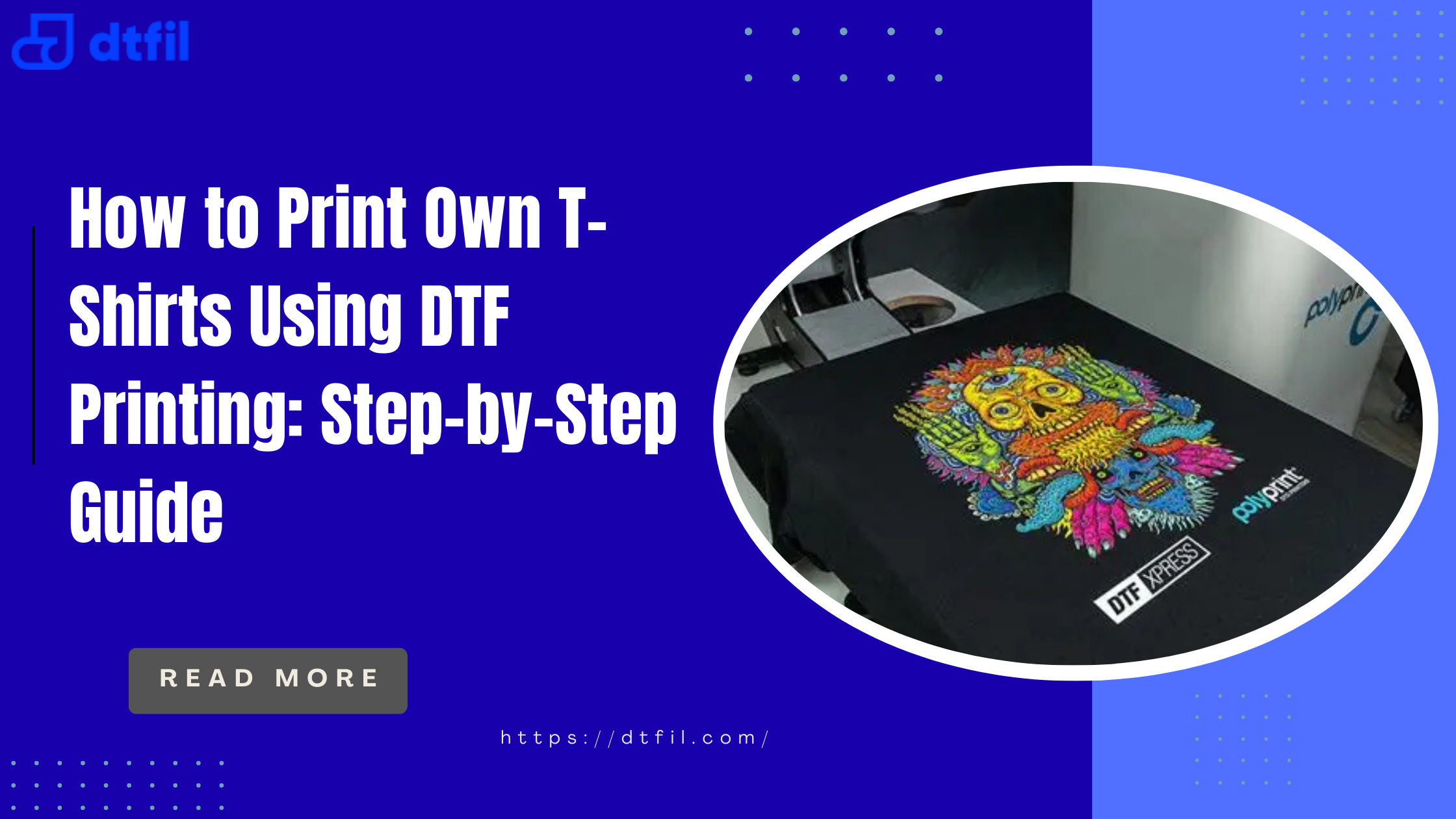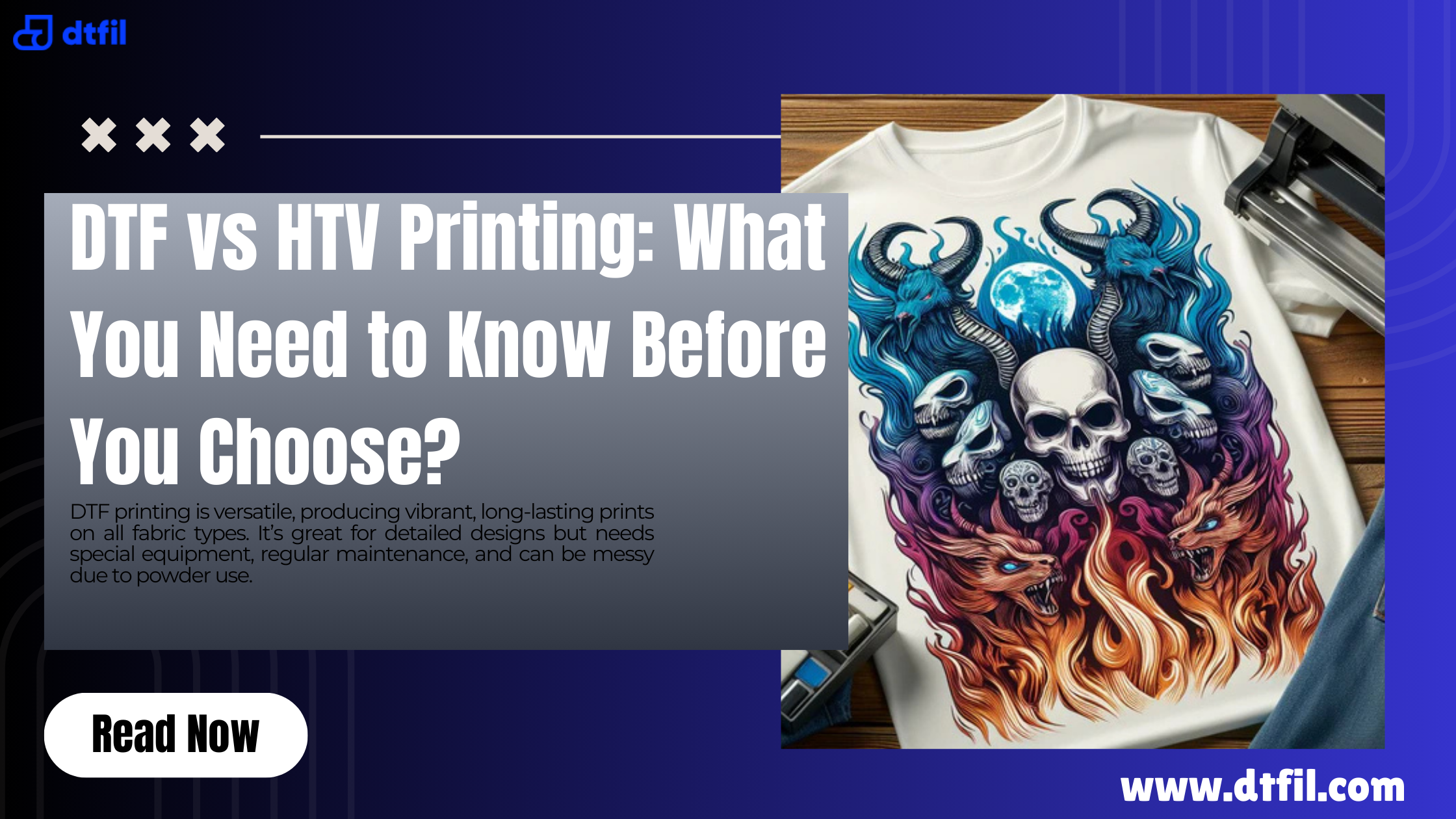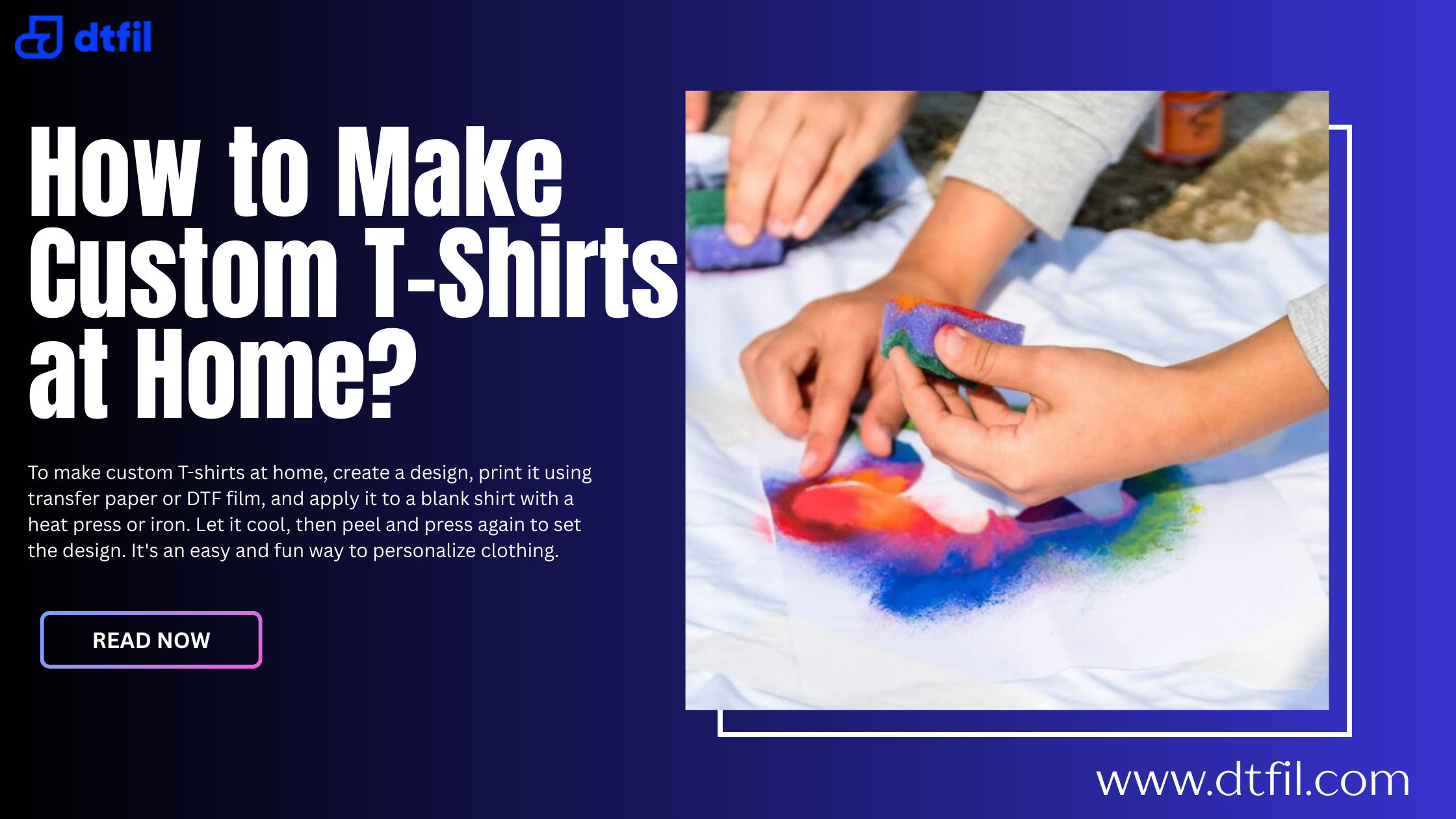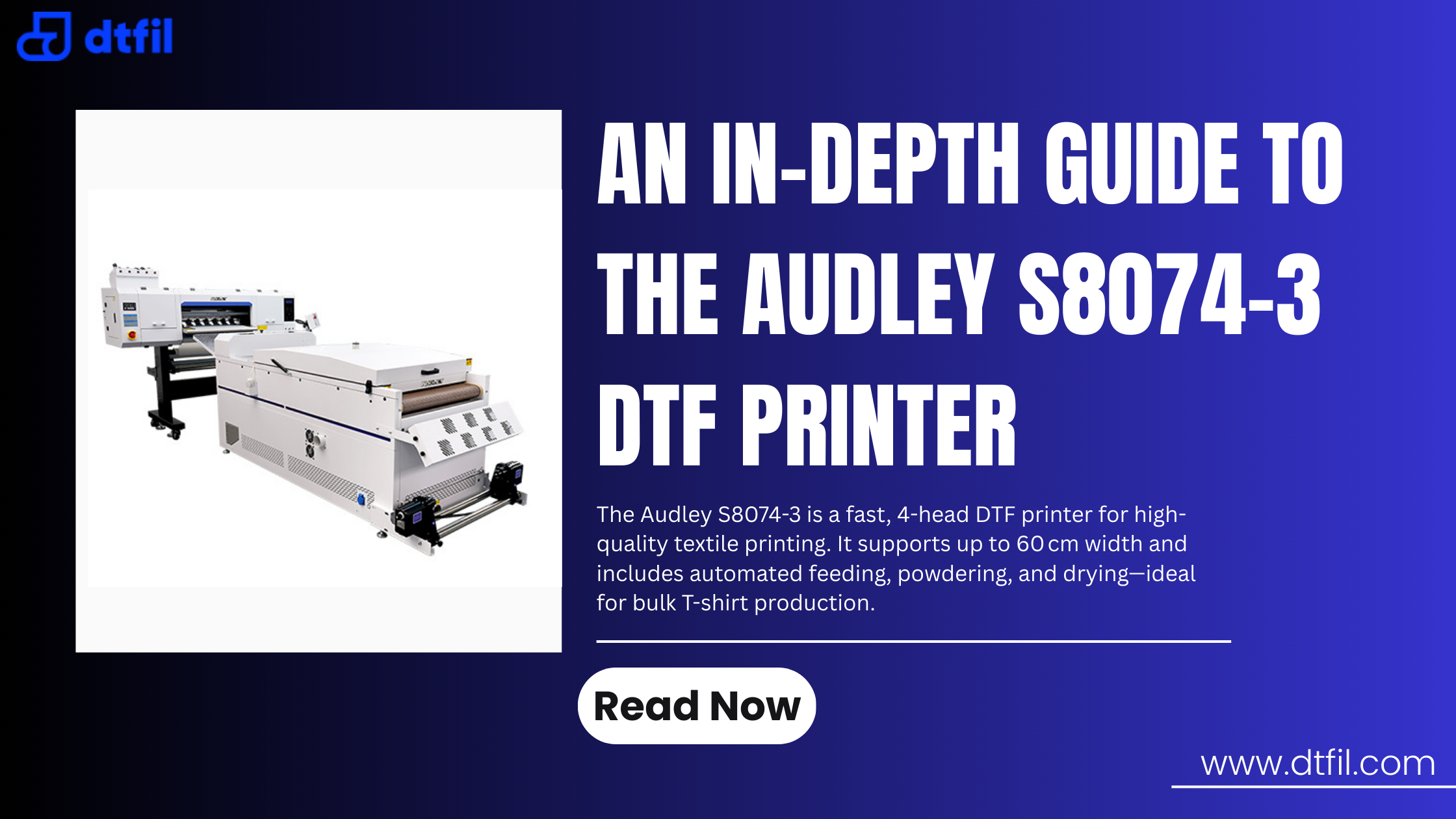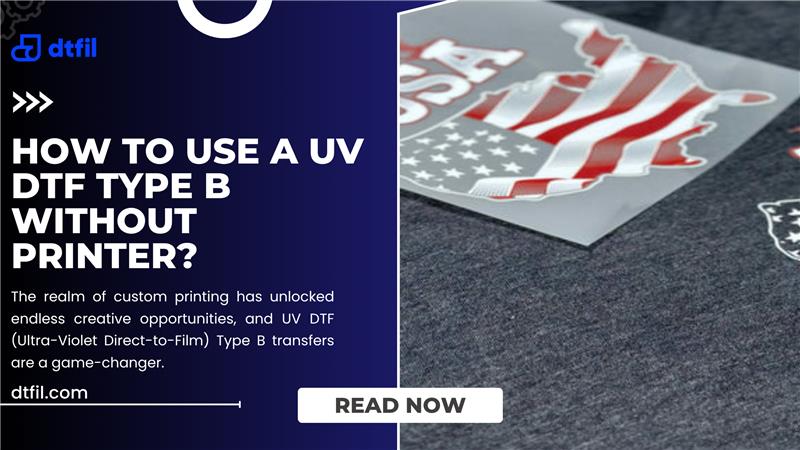In the world of custom printing, few methods have gained as much attention as DTF printing. Short for Direct-to-Film, this process allows vibrant, durable designs to be transferred onto a variety of fabrics and surfaces.
Whether you’re exploring new business opportunities, looking for ways to create branded merchandise, or simply curious about the latest print technology, understanding what are DTF prints used for will give you a clear picture of how versatile and impactful they are.
From custom t-shirts and hoodies to promotional items like bags and mugs, DTF technology opens the door to creative, cost-effective, and high-quality printing solutions.
Let’s break down the uses of DTF and why it’s become a game-changer for both small businesses and large-scale apparel brands.
What Does DTF Printing Mean?
Before exploring applications, let’s define the process. DTF printing refers to transferring a design onto a special PET film using a DTF transfer printer. The printed film is coated with adhesive powder, cured, and then applied to a surface (usually fabric) with a heat press.
Unlike sublimation, which works best on polyester or vinyl, which can be stiff, DTF offers flexibility. It works on cotton, blends, polyester, canvas, and even leather. That makes it an excellent solution for custom garment printing and beyond.
What Are DTF Prints Used For?
So, what is DTF printing used for in real-world applications? Here are the most common and impactful ways businesses and creators are using it:
1. Custom Apparel Printing
The most popular use of DTF is DTF printing for clothing. Brands, small businesses, and even individuals use it for:
-
DTF shirt printing (including full-color designs, logos, or intricate artwork).
-
Hoodies, sweatshirts, and jackets with vibrant, lasting prints.
-
Uniforms or team apparel with clear branding.
Because the method produces soft, flexible designs that don’t crack easily, it’s quickly replacing traditional methods like vinyl or even screen printed t shirts for many projects.
2. Bags and Accessories
DTF isn’t just for clothes. DTF on canvas bags is gaining popularity among eco-conscious brands. Whether it’s a tote bag with a bold design, a backpack with a logo, or smaller accessories, DTF transfers adhere beautifully.
You can also explore DTF prints for hats and hoodies, creating full lines of branded merchandise without investing in multiple printing systems.
3. Promotional and Branding Products
For small businesses, one of the strongest advantages of DTF is its role in personalized merchandise printing. Think of branded giveaways:
-
Tote bags with logos for conferences.
-
T-shirts for promotional events.
-
Limited-edition items for product launches.
DTF is particularly useful for small business branding since it allows short runs without high costs.
4. Print-on-Demand Solutions
The rise of e-commerce has fueled demand for print-on-demand DTF transfers. With this model, you don’t need to keep inventory. Instead, you print designs as orders come in. This flexibility helps businesses experiment with styles and cater to niche markets without financial risk.
Platforms and shops offering DTF prints online make it easy to outsource production, or you can invest in your own DTF printing machine if you want more control.
5. Specialty Applications
DTF isn’t limited to apparel and bags. With the right adjustments, you can explore:
-
DTF mug printing and DTF printing on mugs for personalized gifts.
-
Home décor items like cushion covers or wall hangings.
-
Custom promotional products that stand out from mass-produced options.
Read More Blog: DTF vs HTV Printing: What You Need to Know Before You Choose?
DTF Printing vs Other Methods

If you’re weighing different methods, here’s how DTF compares:
-
DTF vs Screen Printing: Screen printing produces long-lasting results but requires expensive setups, making it best for large orders. DTF is more flexible for small batches and multicolor designs.
-
DTG vs DTF Printing: Direct-to-Garment (DTG) is excellent for detailed prints but works best on cotton and light fabrics. DTF vs DTG printing shows DTF has the edge for fabric versatility and durability.
-
Sublimation vs DTF: Sublimation is vibrant but limited to polyester. DTF works across multiple fabrics, including cotton and blends.
For entrepreneurs, this versatility makes DTF one of the most practical options for custom DTF prints.
What Do You Need to Start with DTF?
If you’re considering DTF for your own projects, here’s what you’ll need:
-
DTF Transfer Printer – Specialized printers designed for film-based printing.
-
PET Films – The medium where your design is first printed.
-
Adhesive Powder – Ensures the design bonds to fabric during pressing.
-
Heat Press Machine – Transfers the design from film to product.
-
DTF Printing Ink – Includes white ink for base layers and full-color options.
Investing in the right DTF printing machine pays off quickly if you’re creating for clients or running an online shop.
Disadvantages of DTF Printing

Like every method, DTF has limitations. While its benefits often outweigh challenges, it’s important to know potential drawbacks:
-
Learning Curve: Beginners need time to master curing and pressing.
-
Initial Investment: Buying a printer and a heat press can be costly upfront.
-
Maintenance: DTF printers require regular cleaning to avoid clogs.
-
Texture: While flexible, the design layer can feel slightly heavier compared to sublimation.
Understanding both advantages and disadvantages helps you decide if DTF fits your business model.
Final Thoughts
So, what are DTF prints used for? The answer is simple: almost everything. From DTF printing for custom apparel and tote bags to promotional products and personalized merchandise printing, the technology empowers creators and brands with unmatched flexibility.
For small businesses, DTF bridges the gap between quality and affordability. It enables you to experiment, launch new product lines, and fulfill orders without high upfront costs. Whether you’re printing for a local shop, running an online store, or exploring DTF printing services, the opportunities are endless.
Ready to explore DTF printers, powders, and supplies? Check out DTFIL’s complete range of DTF printing solutions and start creating today.
FAQs
Q: What does DTF mean in printing?
DTF stands for Direct-to-Film, a process where designs are printed onto film and then transferred to fabric using heat and adhesive powder.
Q: What are DTF prints?
They are transfers created through DTF technology that can be applied to various items, from custom t-shirts to bags and promotional products.
Q: How to print DTF transfers?
Print your design on PET film with a DTF transfer printer, coat with powder, cure it, and then heat-press it onto the garment.
Q: What is DTF printing on shirts?
It’s the process of applying a DTF transfer directly onto a shirt, resulting in vibrant and durable designs.
Q: Which is better, DTF or sublimation?
DTF works on more fabrics and colors, while sublimation is limited to polyester but produces extremely soft results.
Read More Blog:


